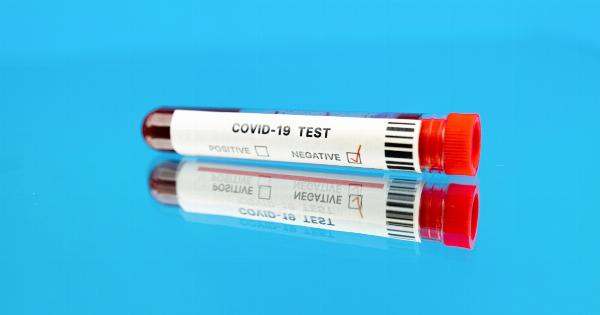The Middle East Respiratory Syndrome (MERS) is a viral respiratory illness that emerged in the Arabian Peninsula in 2012. With a high mortality rate and the potential for international spread, the disease quickly attracted global attention.
While the exact origin and transmission of MERS are still subjects of scientific investigation, blame has often been placed on camels as the primary source of the virus. This article explores the role of camels in the MERS outbreak and the scientific evidence behind this accusation.
Origins of MERS
MERS was first identified in September 2012 in a patient from Saudi Arabia. Subsequent investigations revealed that the virus belonged to the coronavirus family, which includes the Severe Acute Respiratory Syndrome (SARS) virus.
The initial outbreak resulted in a small number of cases, but the disease continued to resurface periodically in the Arabian Peninsula and beyond.
The Role of Camels
Camels have been investigated as a potential source of MERS due to their close proximity to humans in the region and their known involvement in other zoonotic diseases.
It has been hypothesized that the transmission of MERS to humans occurs through direct or indirect contact with infected camels or their bodily secretions.
Evidence Supporting Camel Transmission
Several scientific studies have provided evidence supporting the theory of camel-to-human transmission of MERS. One study conducted in Saudi Arabia found that a majority of MERS patients had direct or indirect contact with camels prior to their illness.
Additionally, analyses of MERS virus genomes obtained from humans and camels have shown a high degree of similarity, further suggesting a common source of infection.
Known Modes of Transmission
While camel-to-human transmission is a plausible route for MERS, it is important to note that other modes of transmission also exist.
Human-to-human transmission, particularly in healthcare settings, has been reported and is a significant concern for public health authorities. The virus can spread through respiratory droplets or contact with contaminated surfaces. Furthermore, consumption of unpasteurized camel milk or undercooked camel meat has also been implicated as a potential source of infection.
Prevention and Control Efforts
The identification of camels as a potential source of MERS has led to various preventive measures being implemented in affected regions.
These include advocating good hygiene practices around camels, such as handwashing after contact and avoiding close contact with sick animals. Vaccines and antiviral treatments are currently being developed, although their effectiveness in preventing or treating MERS is still under investigation.
Controversies and Limitations
While the evidence associating camels with MERS is compelling, there are still controversies and limitations that need to be addressed.
Some studies have found antibodies against the MERS virus in camels, indicating past exposure, but not all camels with antibodies exhibit active infection. This raises questions about the role of camels as mere carriers or intermediate hosts rather than the primary source of the virus.
Conclusion
Blaming camels for the MERS outbreak is a logical hypothesis based on the available scientific evidence. However, it is essential to approach this issue with an open mind and consider all potential sources and modes of transmission.
Further research and surveillance are needed to fully understand the complex dynamics of the MERS virus and develop effective strategies for prevention and control.





























